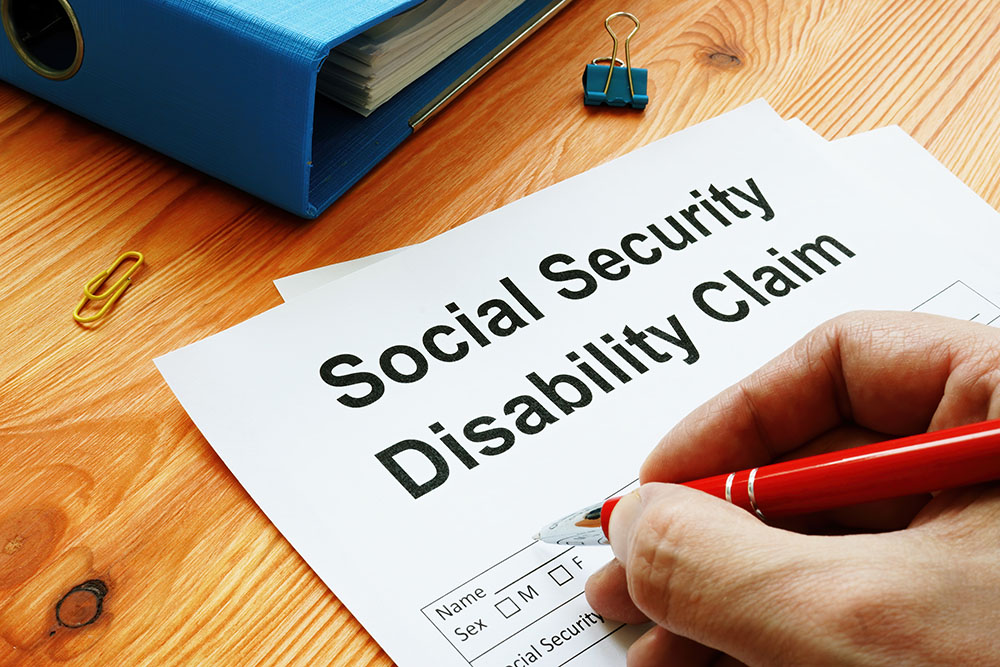Recognizing the symptoms of Stevens-Johnson Syndrome (SJS) quickly is vital for effective treatment and recovery. SJS is a serious condition that begins with signs you might not immediately connect to such a severe illness. Knowing what to look for can make a huge difference in getting the care needed promptly.
Many early symptoms resemble common ailments, like the flu, which can be misleading. However, the condition can escalate rapidly, affecting the skin and mucous membranes. This is why it’s essential to be aware of the specific indicators that point to SJS.
Spotting these symptoms early helps determine when to seek medical help. Getting it wrong might lead to more severe complications, so understanding the urgency is crucial. By becoming aware of the signs, you can help protect yourself and your loved ones from this potentially dangerous syndrome.
Early Warning Signs: Recognizing Initial Symptoms
Stevens-Johnson Syndrome (SJS) might start with flu-like symptoms that can be easy to overlook. These early signs are crucial in identifying the onset of SJS and getting the right help fast.
1. Fever: One of the first signs of SJS can be a sudden rise in body temperature, similar to what you experience with the flu. This fever may appear before any visible skin or other symptoms.
2. Sore Throat: A scratchy or sore throat often accompanies the fever. It might feel like a common cold, which is why it can be easily dismissed.
3. Fatigue: Feeling unusually tired or weak without any apparent reason can also point to the start of SJS. This fatigue can make everyday tasks seem more difficult than usual.
4. Cough and Body Aches: A persistent cough and aching muscles or joints could signal the beginnings of SJS. If these symptoms don’t go away or seem to worsen, they shouldn’t be ignored.
These initial symptoms may not seem serious on their own, but when combined, they can indicate something more severe is developing. If you or someone you know is experiencing these symptoms, considering them as precursors to a possible skin reaction could lead to early intervention and better outcomes.
Skin and Mucous Membranes: Major Indicators to Watch
As SJS progresses, it affects the skin and mucous membranes. These areas offer clear warning signs that can help promptly identify the syndrome.
1. Rash Development: Initially, small red or purple spots might appear on the skin. These spots can rapidly spread, merging into larger patches. The rash is often painful and tender to the touch.
2. Blister Formation: Blisters may develop on top of the rash, filled with fluid. These blisters can occur on various parts of the body, including the face and trunk, and they sometimes resemble burns.
3. Mucous Membrane Involvement: SJS affects areas like the mouth, nose, and eyes. This can cause symptoms such as sores inside the mouth, swollen eyes, and a feeling of grittiness in the eyes.
4. Skin Peeling: In severe cases, the affected skin may peel away, leaving raw and sensitive areas. This peeling looks similar to the aftermath of a severe burn and requires immediate medical attention.
Observing these signs in combination highlights the need for urgent action. Monitoring changes and identifying these major indicators allows individuals to seek medical care at the right time, preventing further health complications and ensuring proper treatment.
Systemic Symptoms: Understanding Whole-Body Reactions
Stevens-Johnson Syndrome doesn’t just affect the skin and mucous membranes; it can also cause whole-body reactions. Understanding these systemic symptoms is vital for recognizing the full impact of the condition.
1. Fever and Fatigue: You might notice persistent high fevers and an overwhelming sense of tiredness. These symptoms can mirror other illnesses, which makes it tricky to identify them as part of SJS.
2. Digestive Issues: Symptoms like nausea, vomiting, and diarrhea can accompany SJS. These digestive disturbances often contribute to dehydration and overall weakness.
3. Respiratory Complications: SJS can lead to coughing and breathing difficulties. The syndrome sometimes involves the lungs and other respiratory structures, causing discomfort.
4. Swollen Lymph Nodes: Enlarged lymph nodes in areas such as the neck can occur. This swelling indicates an immune response occurring within the body.
These systemic symptoms highlight how SJS can affect multiple body systems. Recognizing this broader pattern aids in identifying the seriousness of the condition when it coexists with skin-related symptoms. Awareness of these signs empowers individuals to proactively monitor their health and seek necessary medical attention early.
When to Seek Medical Attention: Knowing the Urgency
Timing is crucial when dealing with Stevens-Johnson Syndrome. Knowing when to seek medical help can make all the difference in outcomes. Being alert to the urgency of the symptoms ensures proper and timely intervention.
1. Rapid Skin Changes: If you observe quick changes such as blisters or peeling skin, this is a medical emergency. Seeking care without delay can prevent severe complications.
2. Painful Rashes: Persistent and painful rashes that cause discomfort should prompt immediate doctor visits. These rashes are significant signs that the condition may worsen.
3. Difficulty Breathing: Any trouble breathing or swallowing requires urgent attention. These symptoms affect essential life functions and demand quick responses.
4. Continuous High Fever: If a high fever does not resolve with over-the-counter treatments, it should not be ignored. It indicates an ongoing problem that needs professional evaluation.
Knowing these triggers and responding swiftly can help mitigate the severity of SJS. Early intervention often leads to better management and recovery. Understanding when to act decisively ensures prompt assistance in battling this condition.
Conclusion
Identifying the symptoms of Stevens-Johnson Syndrome quickly is a crucial part of preventing severe outcomes. Awareness of both the initial and systemic signs empowers individuals to act expediently. By understanding the progression of symptoms, you can differentiate SJS from other, less serious conditions. This knowledge not only offers peace of mind but also positions you to make informed decisions about when to seek help.
The journey of recognizing SJS doesn’t end with a checklist of symptoms. It involves a commitment to health vigilance and a readiness to contact healthcare providers at the first sign of trouble. While SJS is rare, being prepared means you can approach any uncertainties with confidence and caution. Prioritizing health and maintaining a proactive approach ensures you’re ready to tackle SJS or any health challenge that comes your way.
If you suspect Stevens-Johnson Syndrome is affecting you or a loved one, don’t hesitate to seek professional help from a Stevens-Johnson Syndrome attorney. Understanding and acting on these symptoms can be crucial. At Greg Jones Law, P.A., we are here to provide the support you need if you’ve been impacted by this condition. Reach out to us today to learn more about how we can assist in navigating your legal options and ensuring your health and rights are protected.




